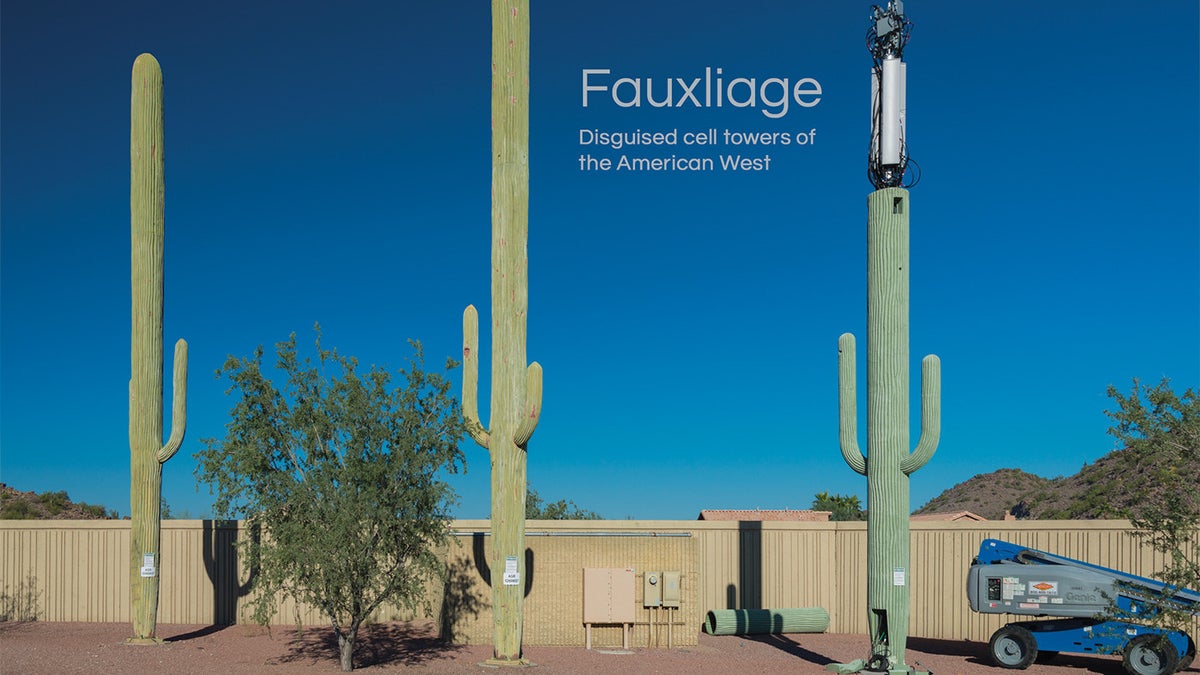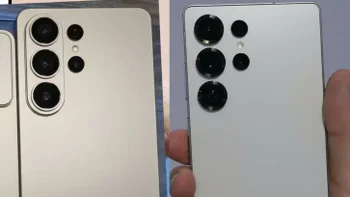America's wackiest cell phone towers may be key to solve the 'ugly' 5G revolution

Whether you are cruising down the Florida Panhandle, or taking the uninterrupted highways of Montana, there is nothing more American than... camouflaged cell phone towers. That's right, full incognito mode for the venerable equipment that delivers your cell phone signal is a thing, and there are even companies that have turned the masking work into a business... and an art form.

History of the hidden cell tower
The so-called "concealed tower" industry seems to have begun in 1992 when a company called Larson camouflaged a cellular tower as а pine tree. The Arizonans started camouflaging things as the natural world long before that, and you may have seen their handiwork as artificial rock formations in a zoo or two. Since then, they have developed numerous other design which you can see below, and other players have entered the market.
The reason for wanting to conceal cell phone towers are various, and stretch from golf course aesthetics, through community backlash, to camouflaging towers in national parks as part of the natural environment.

Aesthetics of the 5G revolution
With the advent of 5G, which requires a much denser and more numerous amount of base stations, concealing those ugly ducklings in an urban environment may become a business opportunity.
Take the case with the community backlash against the 5G rollout plans in Whitefish, Mont. The local City Council learned in horror that an FCC rule for "small wireless facilities" would mandate precisely such 5G installations unless the cities submit considerations on aesthetic grounds in a fairly short timeframe.
Why are we concerned? Because they’re ugly
From the moment a carrier submits a 5G facility request to a town, the locals have 60 days to process it when it comes to pre-existing structures like lamp posts, and 90 days for new construction such as on buildings. That's too short of a notice, and if the councils fail to raise any objection, the FCC rule stipulates, the installation request has to be automatically granted.
Given that there will be numerous carriers, each with their own 5G network, one could see that the small town charm of many a place could quickly be ruined. According to the National League of Cities, "this can result in clusters of small cells that are visually unappealing and detract from the aesthetic of the community." The Whitefish City Attorney Angela Jacobs concurs:
Why are we concerned? Because they’re ugly and we’re concerned about the potential they have to be extremely unsightly especially in our downtown... We want to be proactive about this. This is coming, it’s just a matter of when.
Needless to say, the FCC has made approving 5G base stations on existing infrastructure easier for a reason - American competitiveness in the global push who will cover their nation with the next-gen connectivity standard the fastest. Small cell facilities are a big part of that project, as 5G base stations may need to be just 300 feet apart to blanket the locals with acceptable coverage.
This is why the FCC rule has fast-tracked the small cell facility rollout procedures by mandating a very short window for approval, and capping the amounts that towns can charge for these 5G clusters on utility poles or lamps. According to the FCC, this ruling safeguards against "regulatory barriers that would unlawfully inhibit the deployment of infrastructure necessary to support these new services."
Camouflage to the rescue
While many cities and counties have already filed a lawsuit against the FCC rule to quickly populate the US with small cell facilities regardless of aesthetics or other considerations, Whitefish, Mont. is voting on an ordinance to regulate their designs. If carriers want to place base stations on a lamp post, they will have to match the current decorative streetlights, for instance.
Thus, providers of camouflaged wireless infrastructure may see a boom in the concealment business away from cell phone towers, and into small cell facilities for 5G coverage that has to blend in with the downtown environment. Given what they have achieved with the hidden cell phone towers so far, the task doesn't seem insurmountable, as you can see below.
Their camouflaged cell phone towers even have their own place in the photography blogs as a rare phenomenon that is fitting for a whole thematic album, like the project called "Fauxliage - Disguised Cell Towers of the American West."
Developed by Annette LeMay Burke from Atelier LeMay, it is a pro photographer's tribute to the wacky and wonderful world of America's camouflaged cell phone towers. Check out the designs captured below, and tell us which one is your favorite - cactus, bison, cross or maybe a palm tree?
Follow us on Google News














Things that are NOT allowed:
To help keep our community safe and free from spam, we apply temporary limits to newly created accounts: